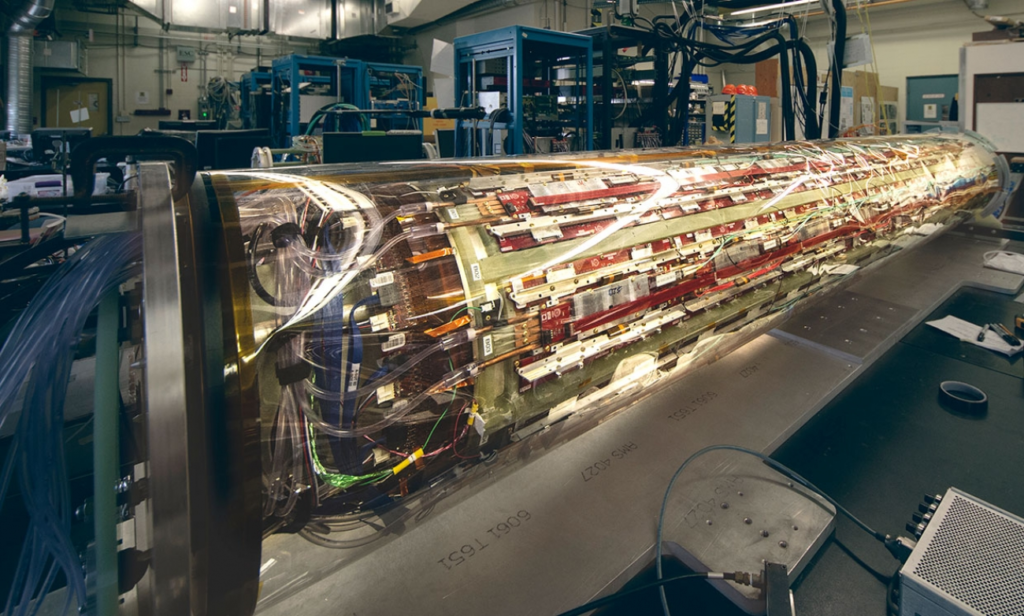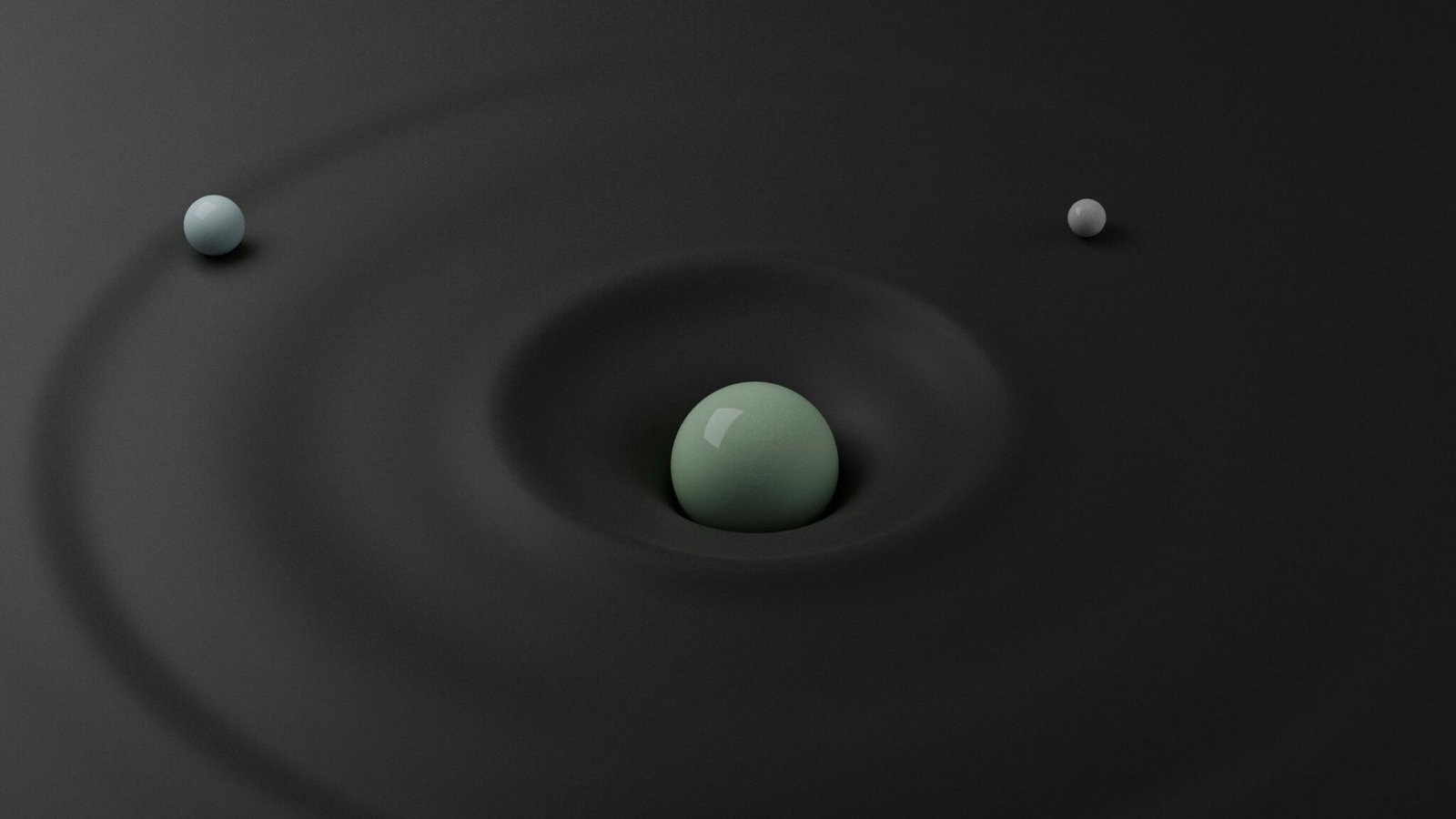Antimatter, the unusual counterpart to ordinary matter, has captivated the minds of physicists and science enthusiasts. In 1928, when Paul Dirac was finding an equation to describe the behaviour of electrons, now known as the Dirac equation, he predicted two possibilities, one positive and one negative, similar to how a quadratic equation has two answers.
He didn’t leave out the other answer; instead, he called it the anti-electron (now known as the positron). In 1932, Carl David Anderson confirmed Dirac’s predictions when he discovered the positron by observing the tracks of cosmic ray particles in a cloud chamber.

One of the most intriguing aspects of antimatter is its behaviour under the influence of gravitational force. If we drop an ordinary book from a height, thanks to Isaac Newton, we know it will fall, but what if that book was made of antimatter? Existing theories state that antimatter behaves opposite to ordinary matter but not under the influence of gravity, but is this correct?
Will an anti-book fall or go upward? To better understand this and the beginning of our universe, we will delve into the perplexing properties of antimatter when subjected to the gravitational forces that shape the cosmos.
We first need to grasp the fundamental nature of antimatter to fathom the properties of antimatter in gravity’s presence. Antiparticles like antiprotons and positrons are mirror images of their counterparts with opposite charges and magnetic moments. For example, in the standard model, a proton contains two up quarks and one down quark, whereas an antiproton has two anti-up quarks and one anti-down quark.
Similarly, a positron (an anti-electron) has a positive charge, unlike an electron with a negative charge. Small amounts of antimatter travel down on the Earth through cosmic rays. Still, they are minute compared to the amount of normal matter, so scientists need to make them in a laboratory to study antimatter.

One of the places where this happens is at CERN (European Council of Nuclear Research), the most extensive laboratory in the world for particle physics research located near Geneva at the border between Switzerland and France. The scientists here create antihydrogen atoms by binding negatively charged antiprotons, generated and decelerated in the Antimatter Factory’s AD and ELENA (Extra Low Energy Antiproton ring) machines, with positively charged positrons collected from a sodium-22 source.
When antimatter comes into contact with ordinary matter, it annihilates, resulting in a huge release of energy. This reaction is shown by Einstein’s famous mass-energy equivalence equation below:
E=mc2
This interaction raises questions about how antiparticles behave under gravity.

Now, let us talk about whether antimatter would fall or go up under the influence of gravity. According to Einstein’s general theory of relativity, gravity is a curvature of space-time; therefore, matter and antimatter should behave similarly. Thus, existing theories assumed that antimatter, although opposite to ordinary matter, would fall under gravitational force. However, as Jeffrey Hangst said, “In physics, you don’t really know something until you observe it.”
Scientists at Stanford University tried an experiment in 1968 that attempted to measure the free fall of positrons. In the end, a trial experiment with electrons showed that environmental effects interfered with the effect of gravity, and the final experiment was not executed. Recent technology and CERN’s ELENA machine construction have been experimented with at the Antiproton Decelerator (AD) in the Antimatter Factory.
Current projects like ALPHA (Antihydrogen Laser Physics Apparatus), AEgIS (Antihydrogen Experiment: Gravity, Interferometry, Spectroscopy), and GBAR (Gravitational Behavior of Antimatter at Rest Experiment) are working on research on antimatter and its properties.

CERN launched the ALPHA Experiment, a cutting-edge scientific endeavour designed to explore and understand the properties of antimatter, particularly antihydrogen. The subproject of the ALPHA experiment, the ALPHA-g experiment, aims to study antihydrogen in gravity by releasing its atoms from a magnetic trap; this trap is essential so it does not annihilate.
It is important to note that most of the antihydrogen atoms are moving too fast to be captured in the magnetic trap, and only a few get captured; thus, they do this process many times to get a measurable quantity of them trapped in the magnetic trap. They then observe their behaviour under gravity by releasing them from the trap. When doing this with normal hydrogen, 80% of it falls, and they hoped to see the same percentage with antimatter.
The scientists at CERN’s ALPHA experiment published their observations on September 27, 2023, confirming that antimatter does experience a gravitational force similar to ordinary matter, and approximately 80% of them fell upon experimentation. This result aligns with the existing theories mentioned above. This is not the end of the story, and future experiments are focused on finding whether antimatter falls at the same rate as regular matter or not.

It is a remarkable feat of science that we have come to the point where antimatter can be created in a lab, contained without annihilation, and then experimented with. CERN’s Antimatter Factory is an extraordinary facility in the world that produces and studies antimatter. Future endeavours for scientists include finding more properties between antimatter and its counterpart. This was the first attempt to drop antimatter, proving what the human race can do in the future.
References:
- The ALPHA experiment at CERN observes the influence of gravity on antimatter. (2023, November 28). CERN. https://home.cern/news/news/physics/alpha-experiment-cern-observes-influence-gravity-antimatter
- Does antimatter fall up? – CERN Courier. (2019, May 27). CERN Courier. https://cerncourier.com/a/does-antimatter-fall-up/
Also read: LITTERBUGS IN SPACE: THE NEXT FRONTIER FOR CARBON FOOTPRINTS?


